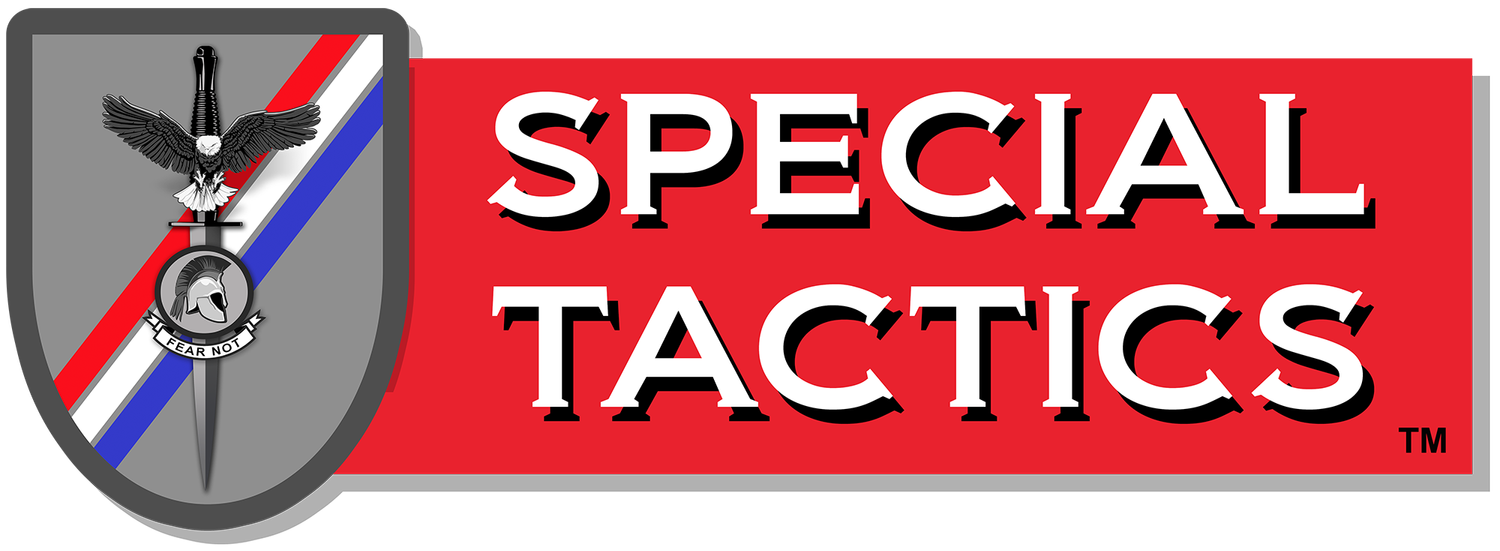Phases of Protection Operations
This short article is taken from our new Escort Detail Mobile VIP Protection Online Course. It discusses the three major phases of protection operations and addresses some other special skills that are essential for protection work. We welcome your reactions, comments and ideas on our Facebook page and if you like the article, click below to check out the online course. Those who complete the course will earn a serial-numbered completion certificate. The companion e-Book is also available on Amazon.
Phases of Protection Operations
The security mission never stops. If a detail is protecting a VIP against a serious threat, they will need to provide security 24-hours per-day and 7-days per week. It is impossible to predict where and when an attack might take place. Even if the VIP cannot afford round-the-clock security, there must still be plans and measures in place to maintain security at all times. Therefore as time passes, security operations generally fall into three phases or categories: site security (including compound, building, office, home etc.), mobile security and venue security.
The logic of these three phases or categories is fairly straightforward. When the VIP is at home, the detail must still protect the VIP against threats but the nature of the security work will most likely focus on obstacles like gates and locks, alert/alarm systems, cameras, guard shifts, fixed sentries, roving patrols and pre-planned responses to possible attacks. The tactics, training, skills and equipment associated with site, compound or home security are all quite specialized and specific to that particular phase of the security effort. They may not carry over into other types of phases of security operations.
The next phase of security is mobile security. When the VIP decides to go somewhere, he/she will most likely travel there by car. Providing security for the VIP along the route to his/her destination involves organizing a motorcade, planning a route, developing and rehearsing specific procedures for the VIP’s arrival to and departure from various locations. In addition, the motorcade might come under attack at any point during the operation. The motorcade must establish standard operating procedures (SOPs) for responding to various types of attacks along the route. These SOPs can include vehicle push-out, vehicle crossload and vehicle bailout.
When the VIP arrives at his/her destination, some of the detail members must be prepared to dismount and accompany the VIP on foot. We call this phase of the operation venue security. While there are an almost unlimited number of activities the VIP might be conducting at the destination, some activities are more common than others. Such activities might include a meet-and-greet with another VIP, delivering a speech from a podium or stage, shaking hands along a fenceline etc. While moving about on foot the VIP will also likely have to pass through certain types of structures, utilize stairwells and elevators. Keeping the VIP safe in all of these cases is the objective of venue security.
Once the VIP accomplishes his/her objectives at the venue, the motorcade will depart and return home. The trip back falls into the category of mobile security and the detail resumes site security once the motorcade arrives safely. In summary, security operations can be divided into three phases or types, each one posing very unique challenges for the security detail.
In addition to these three general categories or phases, there are other special cases or topics that relate to protection. For example, a protection detail must learn specialized Close Quarters Battle (CQB) tactics and offensive/defensive empty-hand tactics that are specific to protection work. The realm of VIP protection operational planning, intelligence and advance force operations is also large enough to warrant its own category in a training curriculum.
For all the reasons just described, the realm of protection operations is very complex and challenging. It requires high-quality personnel with a wide range of talents. The training programs and rehearsals required for protection operations are also more complex and varied than most other operational disciplines. Another factor that makes protection operations particularly challenging is the need to manage the specific personalities and quirks of each VIP. While the VIP is the client and you must keep him/her satisfied, the desires and preferences of the VIP often run counter to his/her own safety. This will be the topic for our next article on VIP protection.
We hope you found the short article useful and once again we welcome your reactions, comments or suggestions on our Facebook page where we frequently hold constructive discussions on tactics with people from various tactical backgrounds and experience levels. Also, click above if you would like to check out the full course on the Tactics Society academy page. Those who complete the course will earn a serial-numbered completion certificate. The companion e-Book is also available on Amazon.

